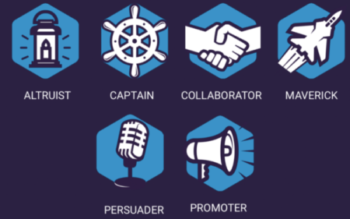When you’re hiring business development reps, you can’t afford to get it wrong. Your sales development representatives are the first people your prospective clients talk to. This makes them very important to your company.
You have to hire sales people who can make a fantastic first impression, do effective lead qualifying, and book meetings to drive pipeline. And if you plan to grow, you’ll be hiring more reps over the next year. You need to have the right people in place.
Hiring for a sales team is always a challenge. That’s doubly true with BDRs, who tend to be earlier on in their careers. They have less of a proven track record of sales experience and lack a large network of referrals. Interviewing them is also tough, because they may not know your product, sales process, or industry yet. It’s hard to put their skills to the test in real time.
You can role-play. Turn their references and resumes inside out. Or create hypotheses like “people who played team sports make for better sales people.”
But in the end, when it’s time to hire, most hiring managers go on gut feel. They hold their breath, pick a candidate, and hope for the best.
- Enthusiasm
- Confidence
- Organization
- Ambition
- Extraversion
- Persistence



